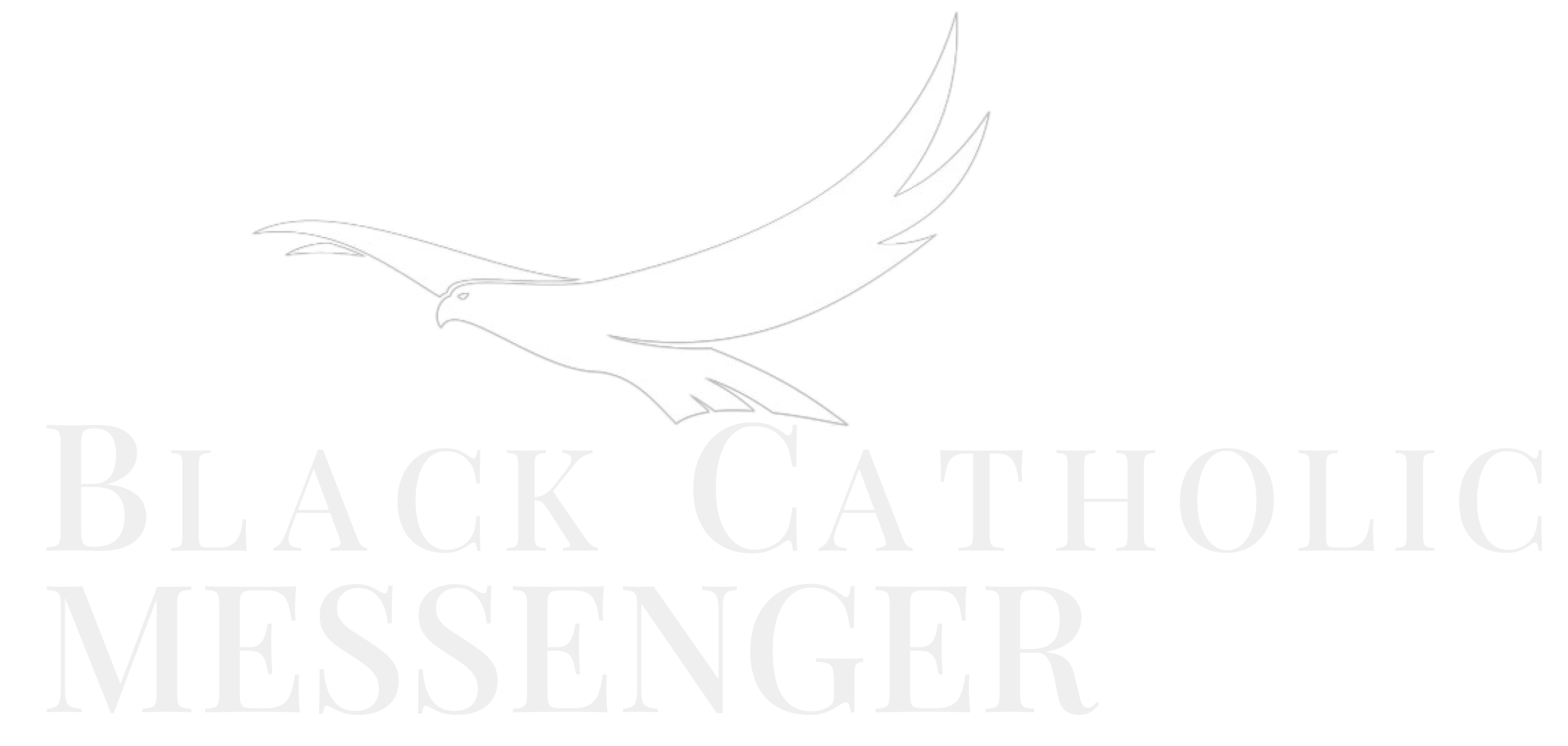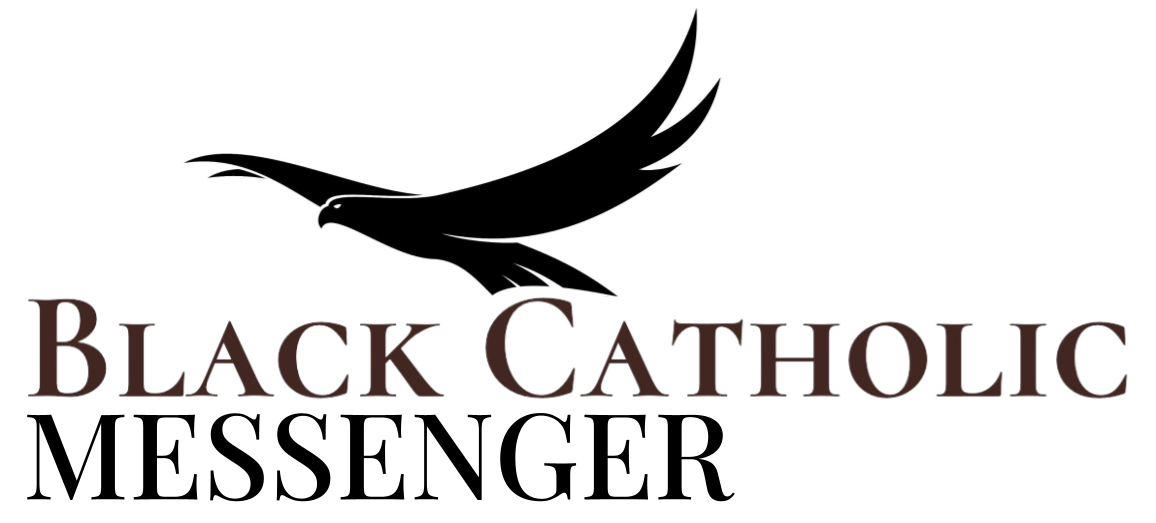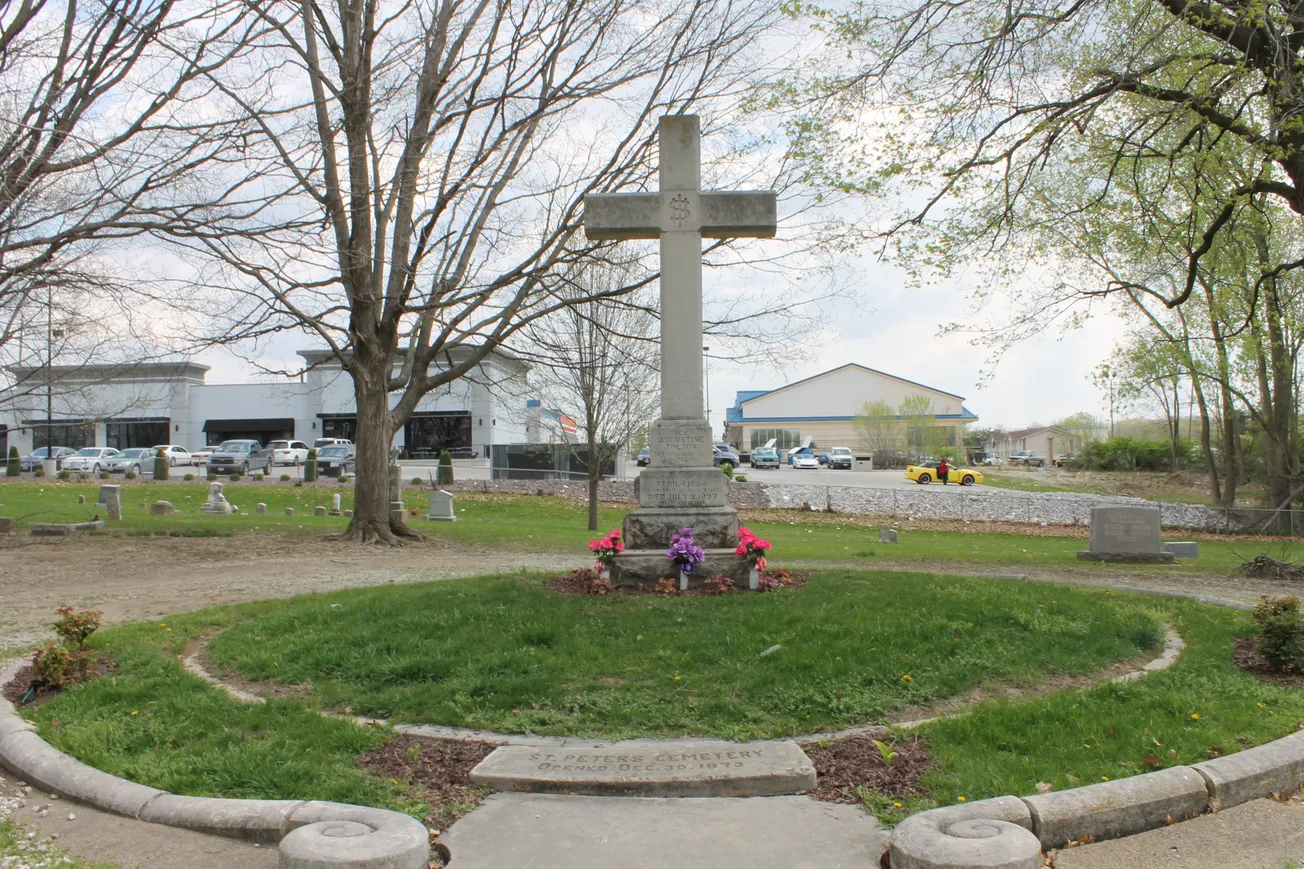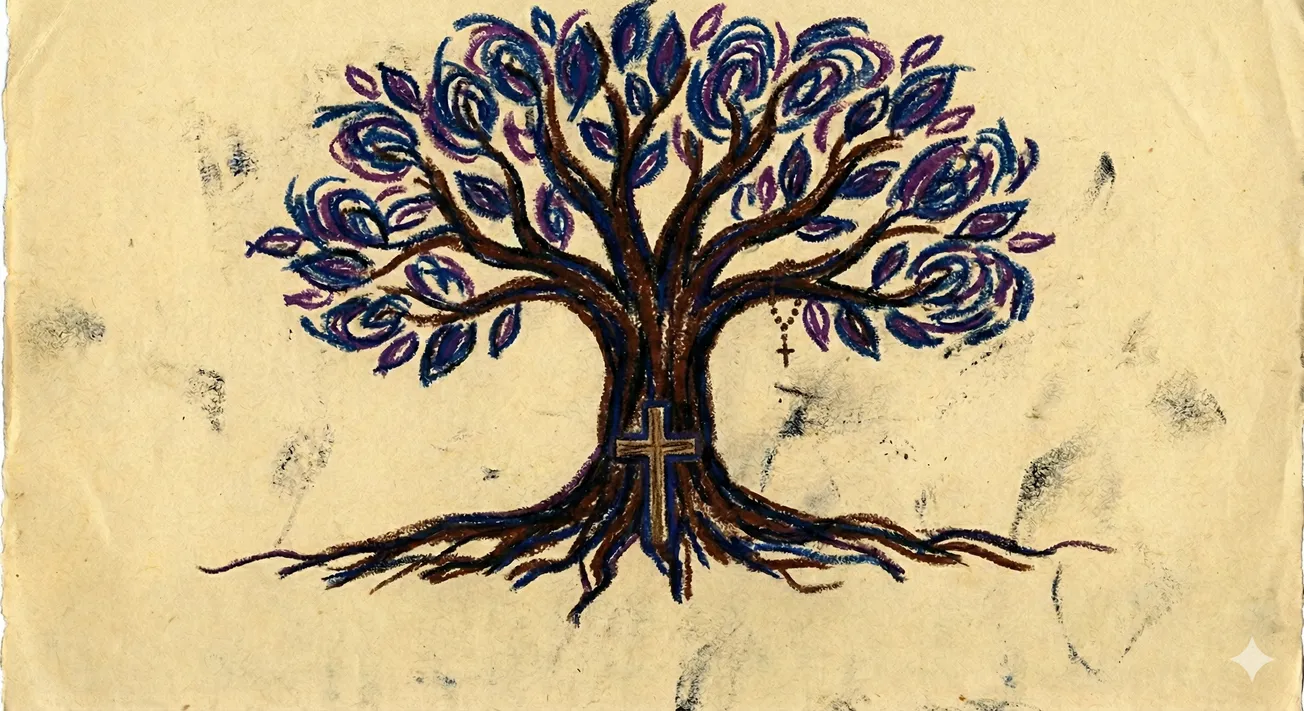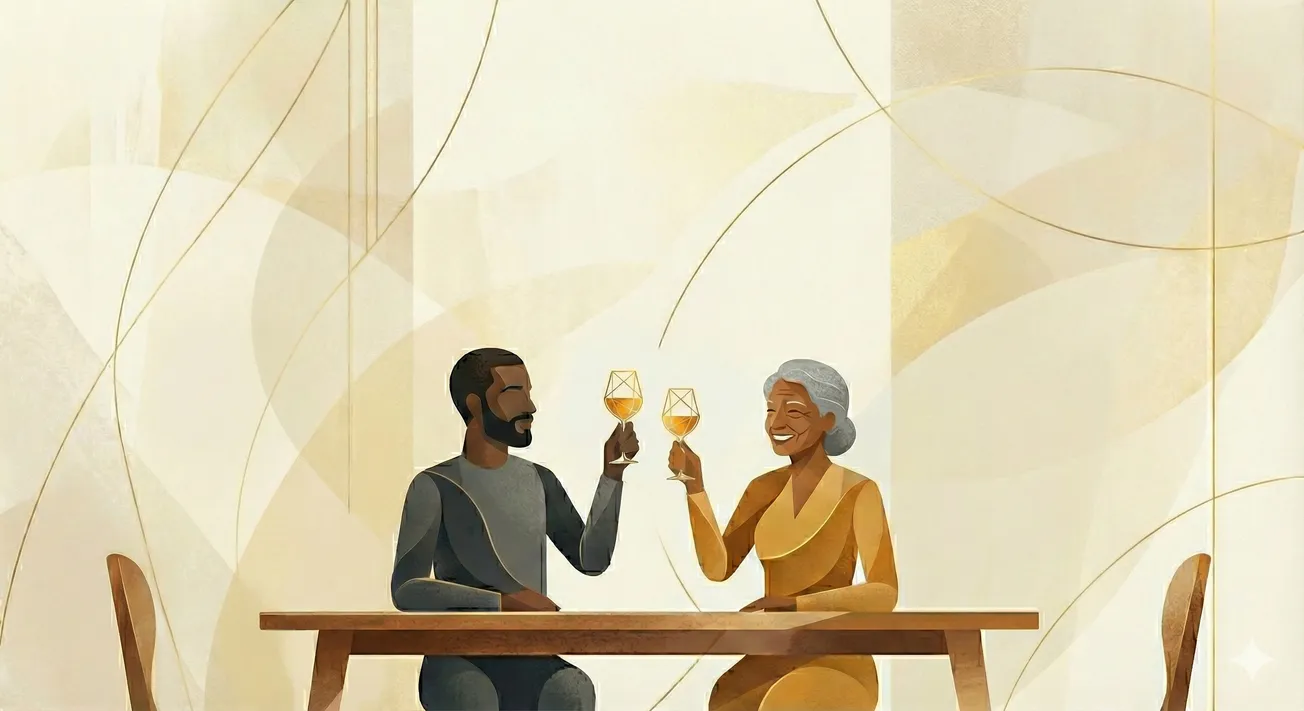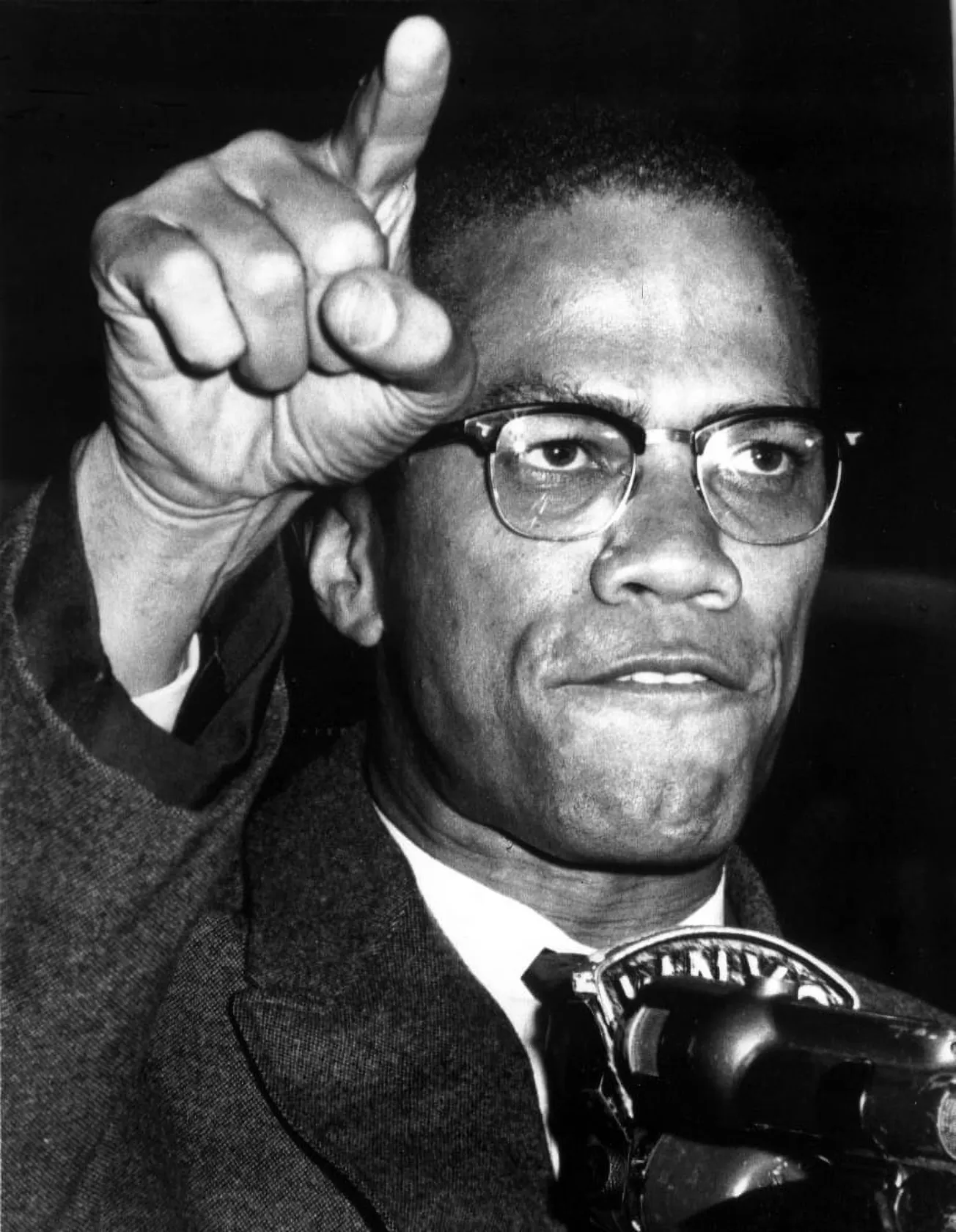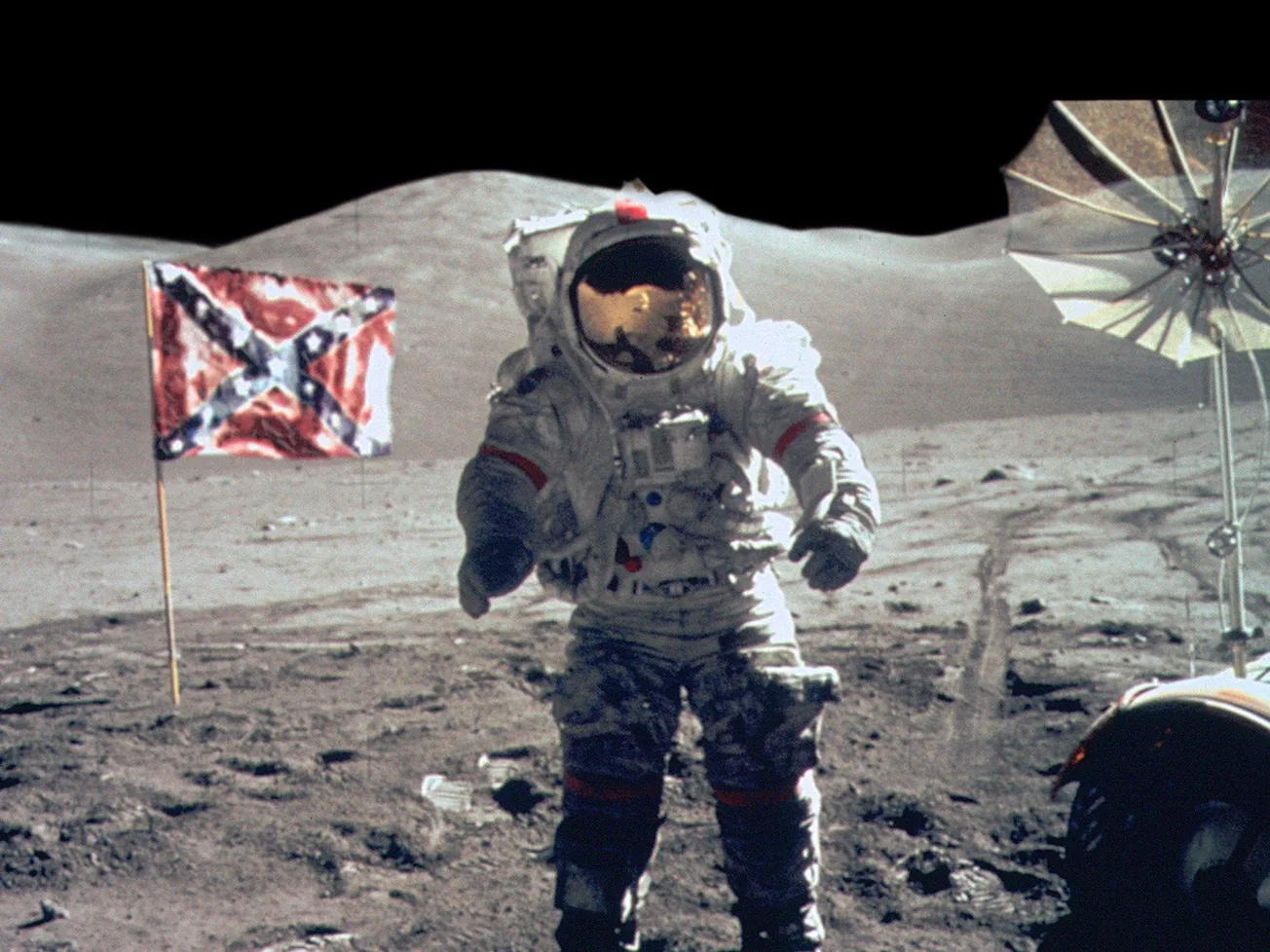I recently finished reading “From Slave to Priest,” a book about Venerable Augustus Tolton. It was a good and informative read, but sad at times. I knew that Tolton was born into slavery and rejected by all the seminaries he applied to in the United States. I knew he faced racism from fellow priests, but I did not know the extent of the abuse and discrimination he endured. I was also unaware of all the priests and religious people who helped him on his journey. There were numerous Good Samaritans on his path who taught, supported, and uplifted him, and who stood by his side as he endured years of obstacles, disappointments, priesthood, and then death.
Our Church has changed and overcome parts of its ugly past while building a more inclusive environment where all are to be welcomed. There are even Catholic seminaries in Africa and other parts of the world that send priests to make up for our shortfalls in America. All over the world, priests of different races and cultures study and live together.
Pope Leo XIV is an excellent example. As a priest, he earned his doctorate in canon law at the Angelicum in Rome. He has lived and ministered in multiple countries, speaks multiple languages, and has embraced his role of shepherding the Church with humility and grace. Another example, the Norbertine priest Claude Williams, is currently the rector of Collegio San Norberto in Rome, an international residence for roughly 35 student priests and seminarians from around 18 countries. Would their ministries be possible without the sacrifices of men like Tolton?
Would there be Black American priests today if Tolton had failed as a priest? With America's racial history, it could have been used as an excuse to deny full Church participation to Black people. Racism still exists, and it is important that American Catholics learn more about the Black Catholic experience. I know, these painful beginnings were more than a hundred years ago, but if we do not learn from our past, history may repeat itself.
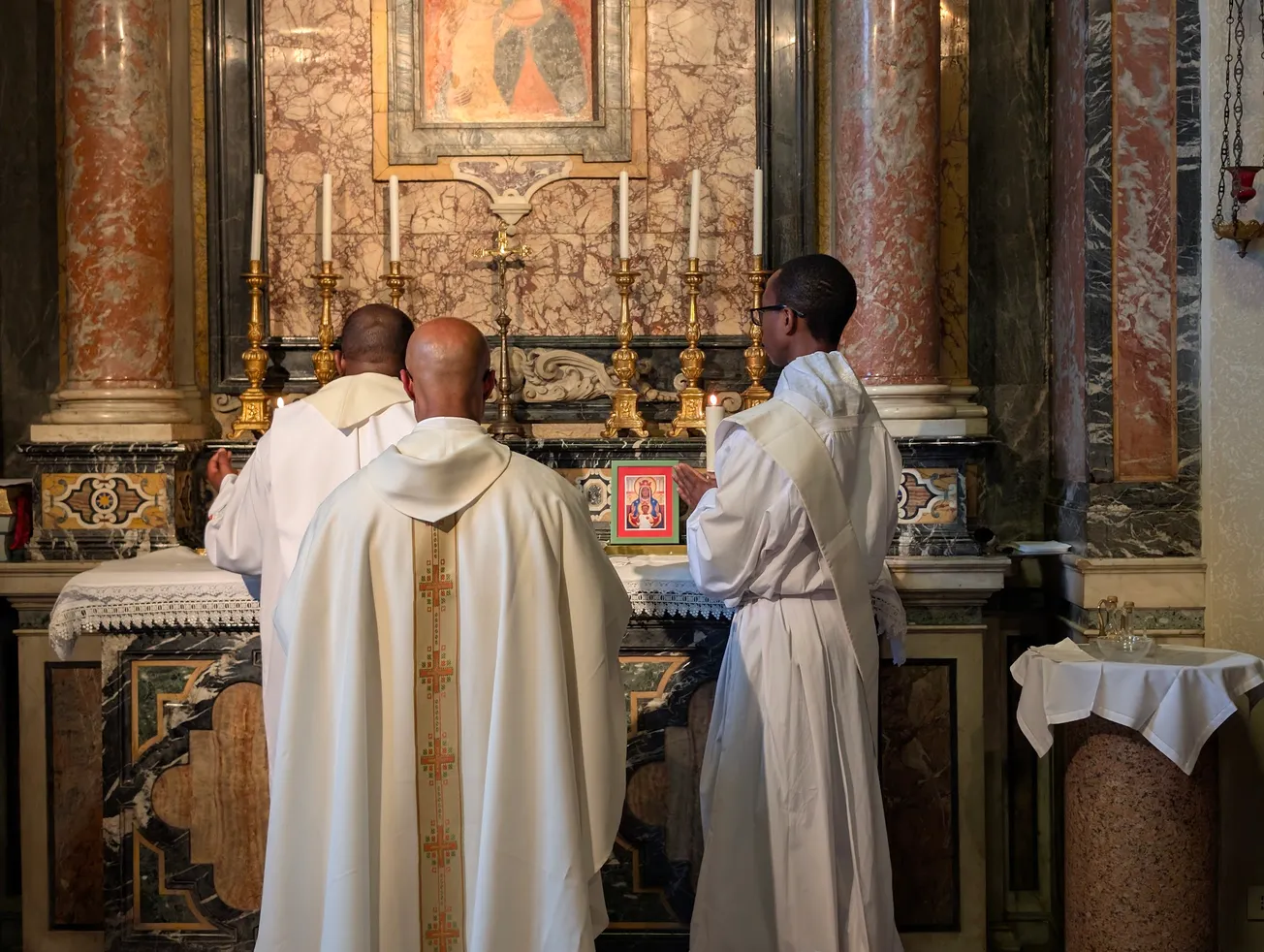
The story of the Good Samaritan is a reminder that we all can help others. We can all see Jesus in someone and help meet that person's needs. You do not have to be a saint to follow Christ or to behave in a Christlike manner. Too many Catholic individuals and organizations failed in their opportunity to be the Good Samaritan for Tolton. Let us strive to do better in our daily lives.
We often hear examples all the time of saints and religious people who did special things. What we do not hear enough about is the countless selfless acts of kindness that ordinary people do every day. We hear about them during disasters, and from time to time, priests incorporate stories in their homilies, but do we hear enough? More people need to know about the priests and religious who helped Tolton and others by simply staying true to their Catholic roots.
The world needs to hear more good stories. In truth, we not only hear about them, but we witness them during Mass when missionary disciples share their ministries with us. We witness Good Samaritans when we see catechists teaching the faith to children and adults, or the Eucharistic ministers taking communion to people who cannot make it to church.
We see the Knights of Peter Claver and the Knights of Columbus serving the church and faith community through service activities. Good Samaritans can be seen in shelters, food pantries, and detention centers, among other places. They can also be seen helping immigrants, the homeless, and those unseen in society. If anyone tells you that Good Samaritans no longer exist, point them to the Church or a Catholic charity and they will witness sincere acts of kindness that reflect the Gospel.
As it concerns Tolton, I do not know the criteria for sainthood, but it is known that he:
- Overcame man-made obstacles, racism, and rejections over a more than 10-year period while applying to seminaries
- Showed patience and humility during his suffering
- Through perseverance, showed unrelenting faithfulness to his calling
- Endured racism, persecution, and cruel treatment from his brother priests
- Inspired Black Catholics and others at a time when some White priests did not want to serve them or integrate the Church
- Solidified a place in the Catholic Church (and clergy) for Black Catholics
- Joyfully gave all that he had in service to God and died an early death.
His life bore good fruit and led many to the faith. Tolton even died witnessing to his faith. He endured daily struggles and challenges because White Catholic priests and seminary leaders did not want Black priests in America. He endured daily sufferings from fellow priests for his faith. Through all this, he did not retaliate against his persecutors. What persecution could be worse than internal persecution, rejection, and betrayal from the Church one is trying to serve? If this is not considered a form of martyrdom, I do not know what is!
If martyrdom is a pathway to sainthood, why is Tolton not on this particular path? The case appears clear and straightforward. If this is not enough for canonization, I do not know what is. Show me a person who has been through similar experiences and is not a saint, and I will humbly respect the process while advocating for both. It will take our prayers, and possibly the research of a Good Samaritan, to bring about Tolton’s sainthood—which is long overdue.
Ronald E. Smith, Ed.D is a lifelong Catholic who enjoys writing. He is a Rotarian, member of the Thea Bowman Council #406 of the Knights of Peter Claver, and a parishioner at St. Edward the Confessor Church in Dana Point, California, and St. Paul’s Catholic Church in Rubuguri, Uganda. He and his wife Sandy recently founded Friends of St. Kizito Rubuguri Primary School in Rubuguri, Uganda, where they serve as missionaries. He can be reached at resmithinc@aol.com.
